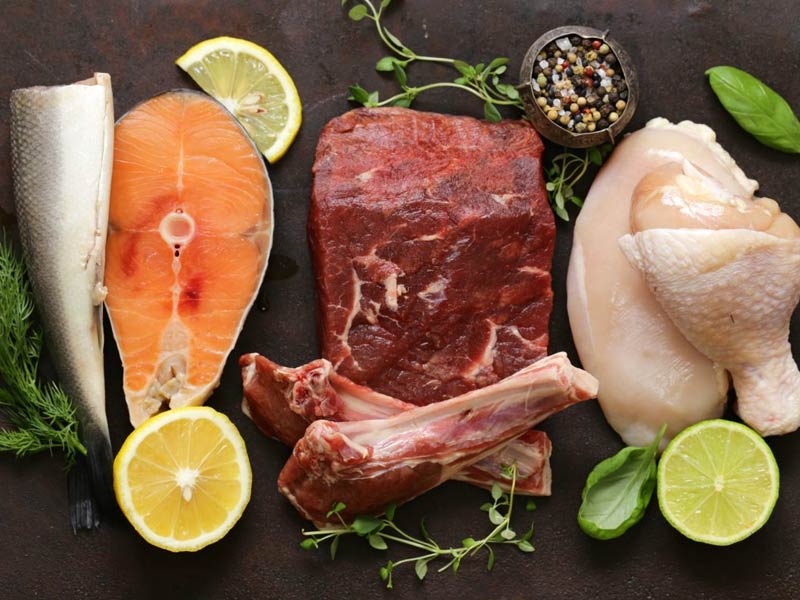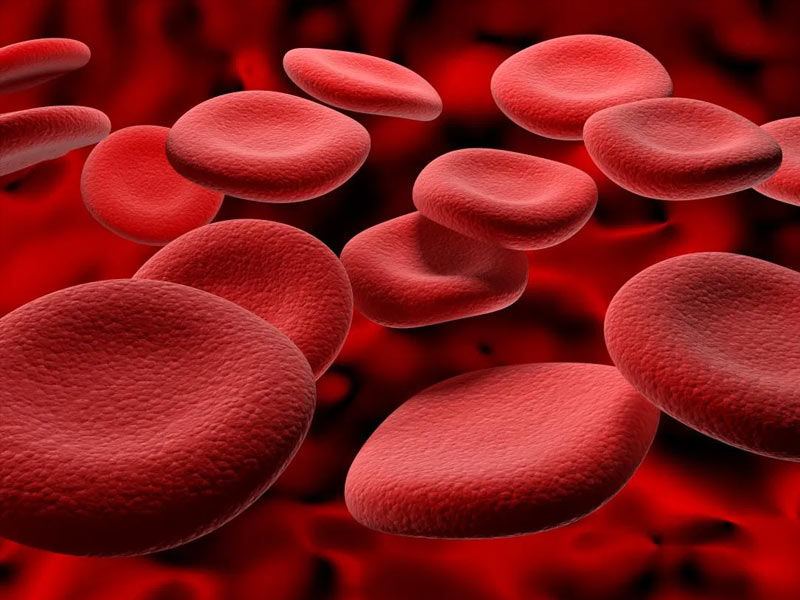Hemoglobin is a protein that is found in red blood cells. These cells are in charge of transporting oxygen throughout the body.
In addition to carrying oxygen, hemoglobin transports carbon dioxide from cells to the lungs. When a person exhales, carbon dioxide is emitted. Low hemoglobin levels can make it difficult for the body to carry out these duties.
Learn how to natural ways on how to increase hemoglobin levels in this post.
What exactly is a low hemoglobin count?
Iron deficiency is widespread in India, according to the National Family Health Survey (NFHS-4) for 2015-16. It has been found that approximately 55.9 percent of children aged six months to less than a year are anemic (hemoglobin count less than 11.00 g/dl), and nearly 50.8 percent of women aged 15 to 49 years have hemoglobin count less than 13.0 g/dl.
Suppose the hemoglobin level is lower than the normal hemoglobin range. In that case, the person is said to have low hemoglobin levels and see a doctor. The typical range of hemoglobin in blood for women, men, and children is as follows:
12.1 – 15.1 gm/l for women
13.8 – 17.2 gm/l for men
11.0 – 16.0 gm/l for children
A blood test can tell you whether your hemoglobin levels are normal or not. Certain signs can suggest a low hemoglobin count in the blood.
To see your Hemoglobin level, click here
How to improve hemoglobin count?
The majority of low hemoglobin count cases can be managed with simple lifestyle adjustments like consuming a healthy and balanced diet and exercising regularly. Iron supplements and drugs may be required in some circumstances. Here are some easy strategies and home cures for increasing hemoglobin levels in the blood.
1. Increase your iron intake

Eating more iron-rich foods such as spinach, chicken liver, asparagus, steak, broccoli, green peas, beans, fenugreek leaves, shellfish, ground beef, cauliflower, and tomatoes. Eat iron-rich fruits like papaya, oranges, beetroot, pomegranate, banana, peaches, mulberries, apple, lychees, kiwi, guavas, apricots, watermelon, and strawberries to get your iron fix.
Incorporating legumes (such as soya, red kidney beans, chickpeas, black beans, lentils, fava beans, black-eyed peas), dates, almonds, wheat germ, sprouts, Indian gooseberry, herbs (such as nettle leaves, Colocasia leaves), brown rice, whole grains, and sesame seeds into your diet can assist you in maintaining normal hemoglobin levels.
2. Include vitamin C-rich meals in your diet alongside iron-rich meals:
The majority of people consume iron-rich diets but yet fail to maintain a normal hemoglobin count. The reason for this is that iron in food is not absorbed by the body. As a result, adding Vitamin C is recommended because it aids in iron absorption in the body. Citrus fruits (such as Indian gooseberry, oranges, and lemon), strawberries, and dark leafy green vegetables are high in vitamin C.
3. Increase your folic acid intake:
Folate, a B-complex vitamin, is essential for the synthesis of red blood cells. A lack of it decreases hemoglobin levels and raises the risk of anemia. Folic acid-rich diets are thus recommended for people with low hemoglobin levels. Green leafy vegetables, wheat germ, liver, fortified cereals, rice, peanuts, bananas, sprouts, broccoli, and dried beans are high in folic acid. Although folic acid supplements are available over-the-counter, you should only use them after checking with your doctor. Folic acid supplements should be taken at a daily dose of 200-400 mg.
4. Avoid foods that inhibit iron absorption:

Most of us are aware that calcium is a key iron blocker in the body. Calcium supplements should be taken about an hour before or after iron consumption since they inhibit iron absorption in the body. Food’s high in tannins, such as tea, coffee, wine, beer, cola, and aerated drinks, are also iron blockers.
5. When exercising, use high-intensity workouts:
The importance of exercise in preserving overall health cannot be overstated. Exercise not only keeps you fit and healthy, but it also improves blood circulation, which aids in hemoglobin formation. Exercises of moderate to high intensity have been shown in studies to enhance hemoglobin levels in persons with iron deficiency anemia.
6. Take iron supplements only after consulting a doctor:

Iron supplements are suggested by doctors when hemoglobin levels are extremely low. Iron supplements should be taken at 8 mg per day for men and 18 mg per day for women. Pregnant women, on the other hand, should take 27 mg each day. As a precaution, do not take more than 29 mg of supplements per day. This can cause side effects such as nausea, constipation, and vomiting. In severe circumstances, it can lead to liver cirrhosis.
Points to remember
Remember that hemoglobin is the protein in the body that transports oxygen. As a result, it is critical to keep hemoglobin levels in the blood within the safe range of 12-14 mg/dl. Any variations in hemoglobin count (below or above normal) are not only harmful to one’s health but must be treated right away to avoid consequences such as iron deficiency anemia and liver illness.

























